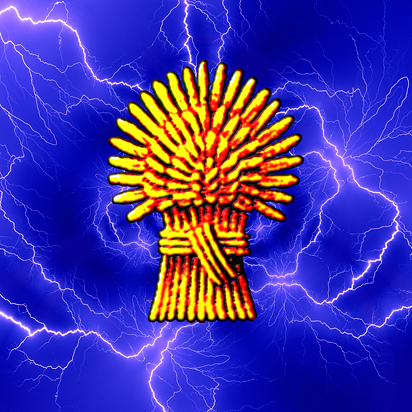
The air that we breathe is 78% nitrogen and that’s important because it dilutes the oxygen, which would otherwise have serious consequences. Fires could never be distinguished and all life forms would age much more rapidly and die much earlier.
Fertilisers, nitric acid, nylon, dyes and explosives all contain nitrogen. Nitrogen must first be reacted with hydrogen to produce ammonia in order to make these products. Industrially ammonia is produced by Haber process. 150 million tonnes of ammonia are produced in this way every year: ‘Improvements in the Manufacture of Ammonia’ (1910).
Under ordinary conditions, nitrogen is an inert gas. It is used in this way to preserve foods (i.e. ‘Method and Apparatus for drying Food Products’ (2013)), and in the electronics industry during the production of transistors and diodes (i.e. ‘Method for Manufacturing Semiconductor Device and Manufacturing Apparatus of Semiconductor Device’ (2018)).
Large quantities of nitrogen are used in annealing stainless steel and other steel mill products: ‘Improvements in decarburized silicon steel and method of producing the same’ (1962).
Liquid nitrogen is often used as a refrigerant. It is used for storing sperm, eggs and other cells for medical research and reproductive technology. It is also used to rapidly freeze foods, helping them to maintain moisture, colour, flavour and texture. This video shows the effect of liquid nitrogen on fruit, vegetables and fizzy drinks.
References:
All patent information has been obtained from Espacenet (European Patent Office).